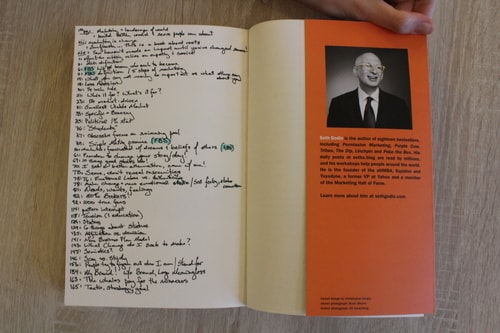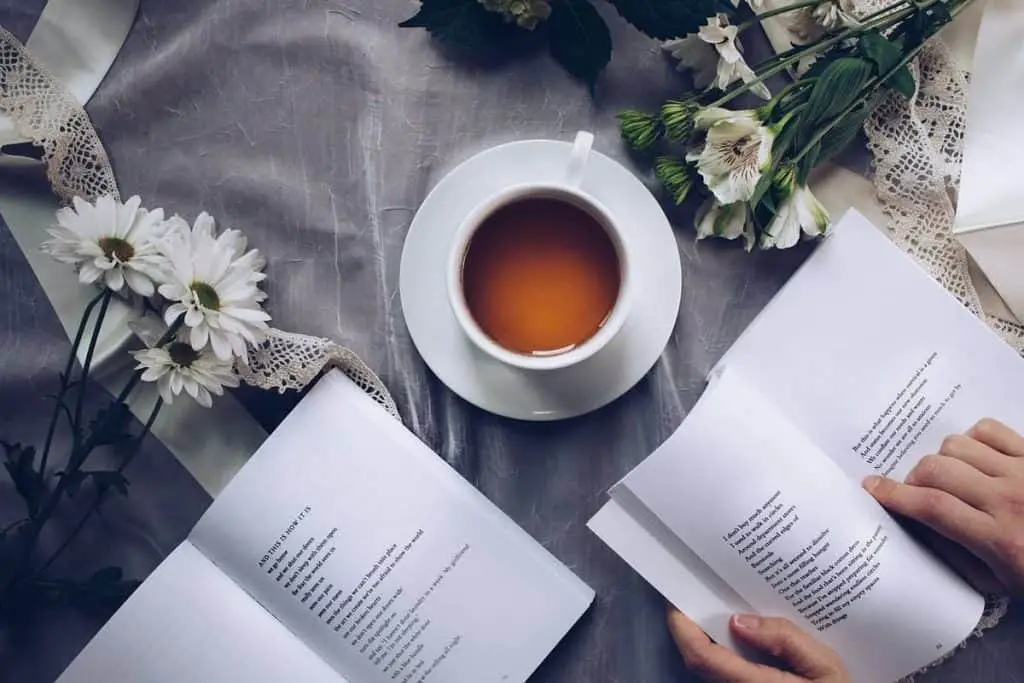
It is often a challenge to concentrate while reading, and everyone has this problem at sometime or another. This difficulty could be due to a variety of factors. However, there are ways to better concentrate on what you’re reading.
So, you’re wondering how to concentrate while reading? Here are 5 methods that you can try:
- Use active reading strategies
- Avoid distractions while reading
- Take breaks
- Create a dedicated reading space
- Set up a reward system
Any of the five methods on this list will help you to concentrate more while reading, and you will be a better reader because of them. My personal favorite is the 2nd part of method #1, but I have used all of them to varying degrees.
Let’s get to it!
1. Use Active Reading Strategies
Engaging with what you read is a huge part of being able to concentrate while you read—especially if you don’t find the subject matter exciting. Try some of the following methods to engage with your reading. They will help you concentrate and retain more of what you read the first time around.
Ask Yourself Questions While You Read
Teachers ask questions during reading in a classroom because it makes students engage with what they are reading. It ensures they read actively and can remember information from the book after reading the material.
The question could be something simple such as: What is this paragraph about? This can also apply to chapters or large passages.
You can also ask any of the following:
- Who is this about?
- Why did they do what they did?
- How is this passage supposed to make me feel?
- What was the cause of this event?
- How will this event affect later events?
There are countless options—these are only a few. They also vary depending on the source you read from. Fiction, for example, has additional options related to character motivations, etc.

Some notes I took while reading this book. 
I like to highlight, too!
Make Notes Of Your Reading
In classes, you might take notes on what you read in class. Usually, teachers want you to summarize the information in such a way that you use your active reading skills; this is why they tell you to take notes.
If you are allowed to write in the margins of your book, you should do so. If not, use a piece of scrap paper that you can later use to write refined notes.
In either case, simply take brief notes when you don’t understand something, you don’t know the definition of a word, or something critical happens that you want to remember.
Keep in mind these notes are to help you comprehend and understand the material; they are not a study guide, so they don’t need to be perfect (you can refine them later).
I personally always have a pen with me while I read and I write my questions directly in the book. Sometimes I write it on the page that inspired the question.
I always write the question, with the page number of the page that inspired it, on the back cover of the book. This helps me remember my thoughts when I revisit books.
Reread Passages As Needed
After your initial read-through of the material, you should be able to give a brief summary of what it means.
However, if you struggle with this, you should reread the passages that give you trouble. Remember to employ other active reading strategies while you do so.

2. Avoid Distractions While Reading
Distractions pull us away from anything and everything we do, but when you get distracted from reading, you often need to reread what you already read. How frustrating!
You can do this by avoiding distractions. Below are a few you might encounter as well as how to remedy these problems:
- Cell phones: You can put your phones on airplane mode or turn them off. If you are expecting an important call, take frequent breaks instead (such as once every 15 minutes).
- Family and friends: Get some time away from people you live with by politely telling them you’re having trouble concentrating on your reading. Reassure them you will come back, but you need some alone time to read. When necessary, I go to the library or a cafe.
- Pets: Try closing the door to a room to avoid pets wanting to play with you. You could also get out of the house and read at the library if they become too troublesome.
- Other noises: Sometimes noise-canceling headphones are necessary to block out other noises (such as city traffic or kids playing). On the other hand, if you prefer background noise, try playing soft instrumental music while you read.
These are common distractions with a few ways to remedy them. Keep in mind, you don’t have to have a basic solution to a problem. You can think outside the box as well.

3. Take Breaks
Taking regular breaks from reading is vital to retaining the information you went over. This allows you to digest the information and rest your eyes if needed.
There are a few ways to space out your breaks. The first way to space out breaks is by using the Pomodoro Technique. With this method of work, you work for 25 minutes and take a short break (ideally 5 or 10 minutes). After four rounds of 25 minutes, you take a longer break (15 or 20 minutes).
Others might work with the same idea—as in working for a certain amount of time, taking a short break, repeating the process for four rounds, and take a long break—but the number of minutes is modified. This is helpful if you can only focus for 20 minutes at a time…or you can focus for longer.
However, if this routine doesn’t work for you, you could opt for a standard amount of time you can easily work before you find your attention wandering. The same goes for breaks.
Sometimes finding an effective work routine is challenging, but with a little trial and error, you will find what works for you.

4. Create A Dedicated Reading Space
Starting with a dedicated reading space will get you in the right frame of mind to focus. This is helpful because your mind will associate the reading space with the task of reading—similarly to how some people associate a desk with working on a computer.
Here are a few things you might consider adding to your reading space:
- A chair or couch is great for a reading space. The comfortable seating will keep you from getting distracted by needing to shift positions (like a hard chair would).
- A small notepad and/or a pencil would be helpful to take notes about what you read.
- A place to sit a beverage wouldn’t hurt either. If immersed in what you’re reading, you won’t want to get up to get a drink.
These three factors will help keep you focused for as long as possible or until it’s time for a break!
There are lots of options to make your ideal reading space. However, remember you also need to read in this space—not scroll through your phone or daydream.
5. Set Up A Reward System
Though this might sound juvenile at first, you might consider setting up a reward system for your reading. You will be surprised at how effective this method can be! Besides, if you have a goal in mind, reading might seem like an easier task to focus on.
You might have a particular candy you enjoy. Make that your dedicated reading snack. You’re only allowed to have it if you’ve read a certain number of pages or for a certain amount of time.
You can also keep track of how many pages or chapters you read in a month. If you want to take your goal a step further, you can aim to read a certain number of books in a year. You can do this and even track your progress on GoodReads.
Have a reward in mind for benchmarks as well as your end goal. You might consider a favorite meal, guiltlessly watching your favorite TV show, or my personal favorite… buying a new book to read.
Choose a reward that motivates you!
Active reading, avoiding distractions, taking breaks, having a dedicated reading space, and setting up a reward system will make reading less of a chore. These five methods will help you concentrate on your reading material and effectively retain the information you read.

